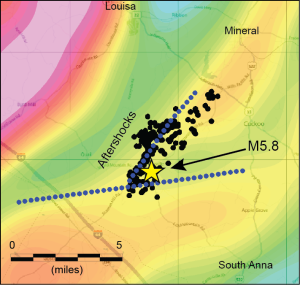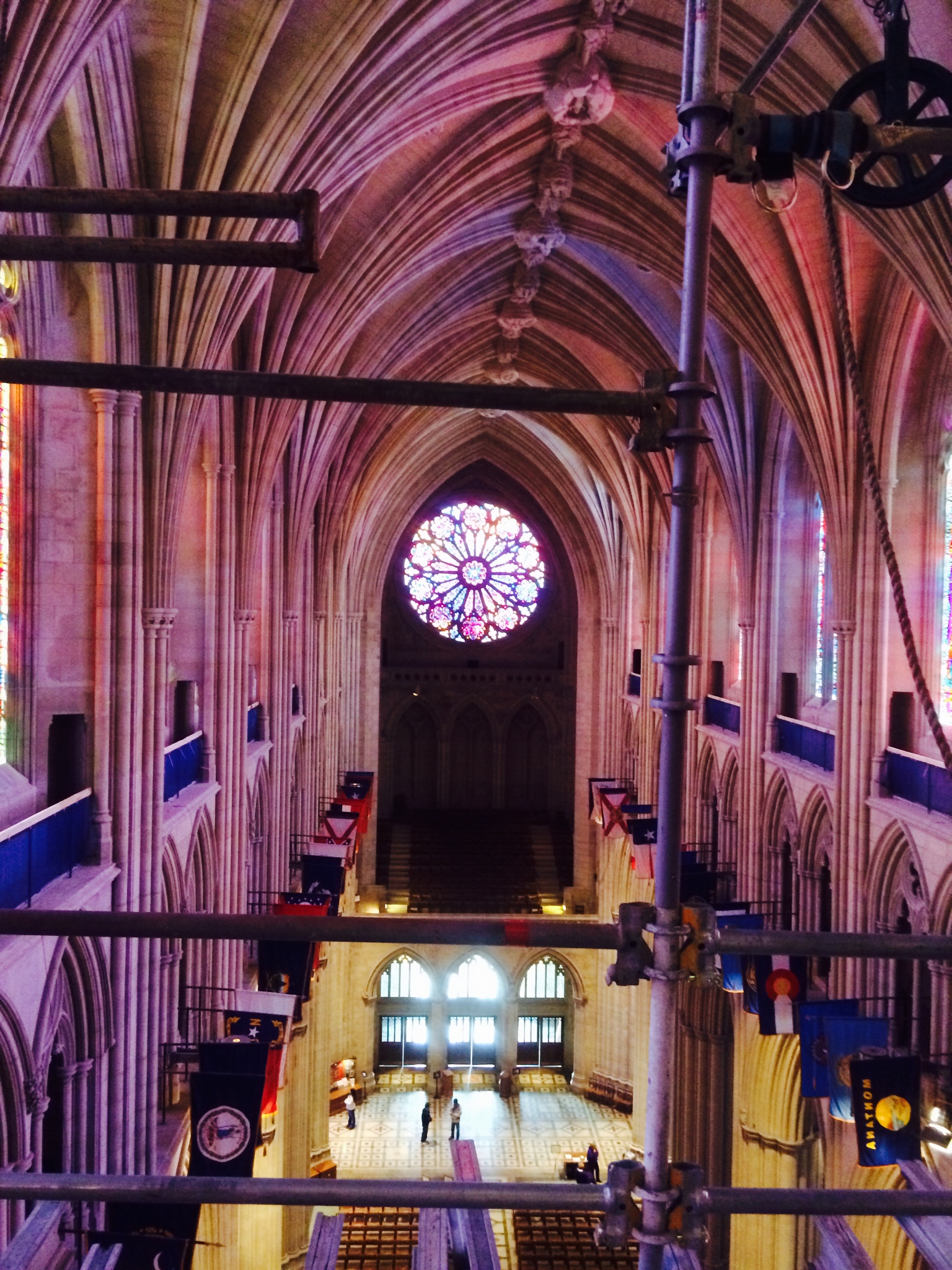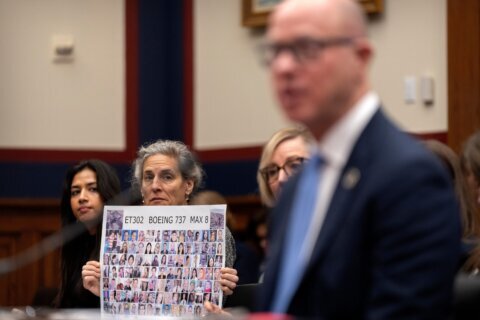WASHINGTON – The 2011 earthquake that rocked the Washington Monument and National Cathedral has led to the discovery of a previously unknown tear in the Earth’s crust.
The U.S. Geological Survey reports the “Quail” fault zone east of Charlottesville and just south of Mineral, Virginia, was the epicenter of the 5.8 magnitude earthquake that may have been felt by more people than any other earthquake in U.S. history.

People from Southern Canada to Georgia and west to the Mississippi River reported to USGS that they felt the Earth move on Aug. 23, 2011. A similar earthquake hasn’t hit the East Coast since 1886 in Charleston, South Carolina.
Named after a small community close by, the Quail fault begins about a mile below the earth’s surface and extends to a depth of about five miles. It stretches about five miles long, heading diagonally toward the north-northeast and the nation’s capital.
Geologists say identifying the fault will allow them to conduct more sophisticated studies and learn more about Eastern U.S. seismic events that aren’t as well understood as more frequent tectonic plate disruptions on the West Coast.
The new book, “The 2011 Mineral, Virginia, Earthquake, and Its Significance for Seismic Hazards in Eastern North America”, discusses the discovery of the Quail fault zone in addition to other issues related to the 2011 earthquake.








